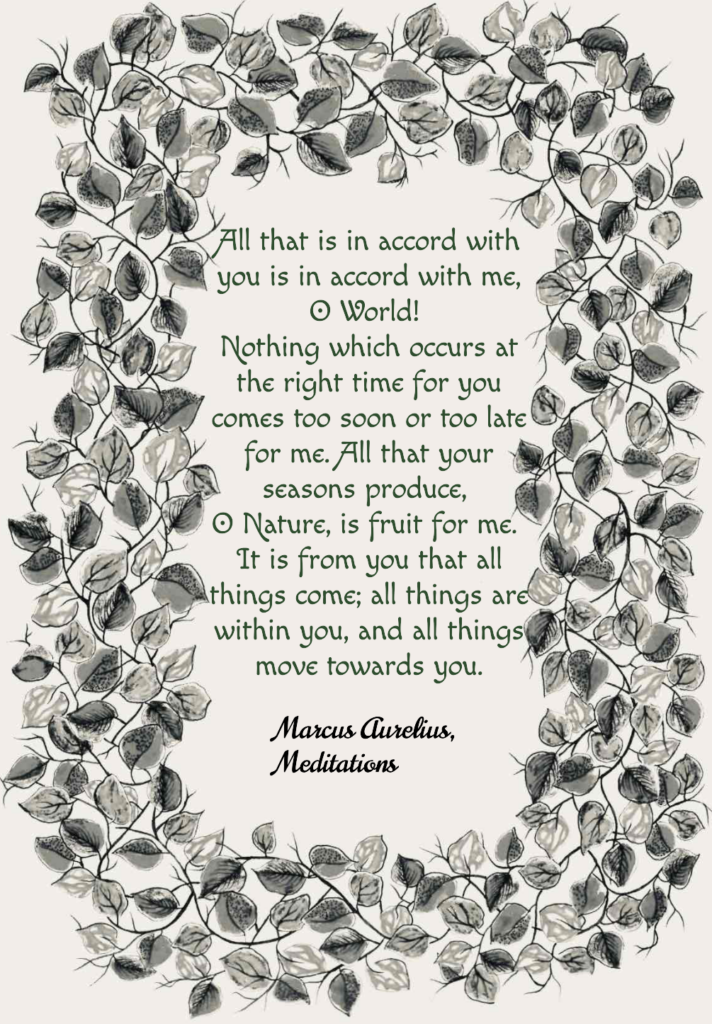Reading Time: 3 minutes
Nature’s Elegance and its impact on our spaces and mind
In an era where home décor trends shift faster than the seasons, one inspiration has stood the longest test of time: the beauty of nature.
Botanical art, a blend of artistry and the charm of plants and flora, has continued to emerge as a luxurious option for those looking to enhance their living spaces. This genre not only serves as an exquisite visual statement but also encourages a connection to the natural world, offering many psychological benefits.
We know that surrounding ourselves and our spaces with plants and botanical motifs have a positive impact on mental health and well-being. A study conducted by the University of Queensland found that individuals who were exposed to greenery reported lower levels of stress and increased feelings of relaxation (Kaplan, 1995). Another study has shown that post surgery recovery patients with a window view of a natural setting recovered faster and required fewer painkillers compared to similar patients facing a brick building wall (Ulrich, 1984).
Incorporating botanical art into your home décor creates a vibrant yet soothing aesthetic that speaks to the senses. Imagine your living room adorned with large-scale botanical prints of lush foliage in deep green with hint of peach (or to be more specific ‘Peach Fuzz’ – Pantone 13-1023 colour of the year 2024), their intricate details drawing the eye and igniting the imagination. Most time it is guaranteed to be a conversation starter, inviting guests to marvel at the delicate beauty of nature captured on walls or your furnishings.
For those seeking to infuse their spaces with opulence, consider investing in original works from renowned botanical artists like Pierre-Joseph Redouté, known as the “Raphael of flowers,” or contemporary talents such as Victoria Braithwaite, who captures plants at a stage of weathering, decay or transformation, can elevate your décor to a new level of sophistication. Each piece becomes more than just décor; it is an investment in art that tells a story and connects with nature’s timeless beauty.

In addition to the aesthetic appeal, botanical art also encourages a deeper appreciation for the environment. By surrounding ourselves with representations of nature, we cultivate a mindset that values sustainability and biodiversity. This connection can inspire eco-conscious living, prompting us to many times subconsciously opt for sustainable materials in our décor and everyday choices and to support local artisans who share a commitment to the earth.
Moreover, the interplay between home décor in botanical art and actual plants creates a harmonious energy. Integrating live greenery alongside botanical prints can enhance the overall ambiance of a space. Consider a curated display of succulents perched on a reclaimed wood shelf adorned with botanical illustrations, or a grand, rustic earthen potted fern next to a lounger scattered with botanical art inspired cushions and pillows in soothing palette – sounds divine, right? This duality not only enhances the visual appeal but also invites the calming effects of nature into our daily lives.
As we continue to navigate the complexities of modern life – with not enough opportunity to step out and explore nature, creating a home that reflects a luxurious tranquillity becomes paramount. Botanical art inspired home décor offers an opportunity to immerse ourselves in the beauty of nature while surrounding ourselves with sophisticated design. It can cultivate an environment that nurtures our spirit and boosts our mood.
So, let the heritage of botanical art inspire you to reimagine your living spaces. Surround yourself with the nature, and allow its positive effects to wash over you, transforming your home into a luxurious oasis of calmness and creativity while putting you in harmony with nature.
After all, in the words of the famous botanist Sir Joseph Banks, “Nature is the ultimate artist,” and embracing her creations is the highest form of life.
References:
– Kaplan, R. (1995). The role of nature in the quality of life. Environmental Psychology: People and Their Physical Settings.
– Ulrich, R. S. (1984). View through a window may influence recovery from surgery. Science, 224(4647), 420-421.
– Marcus Aurelius, (161 – 180 AD). Quote from series of personal writings by Roman Emperor, Marcus Aurelius on Stoic philosophy. Meditations, 4.23
